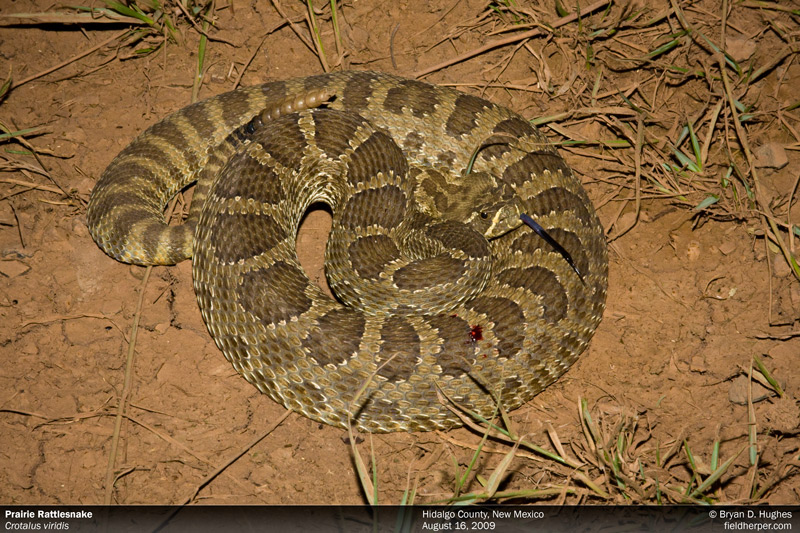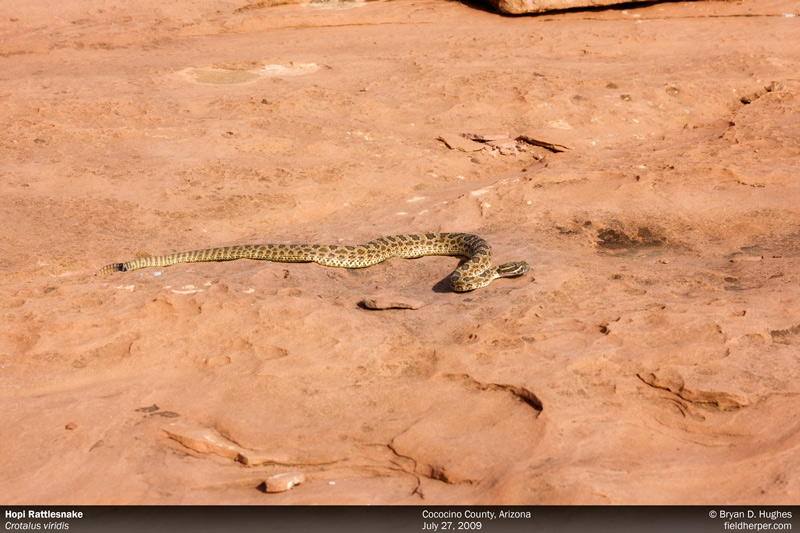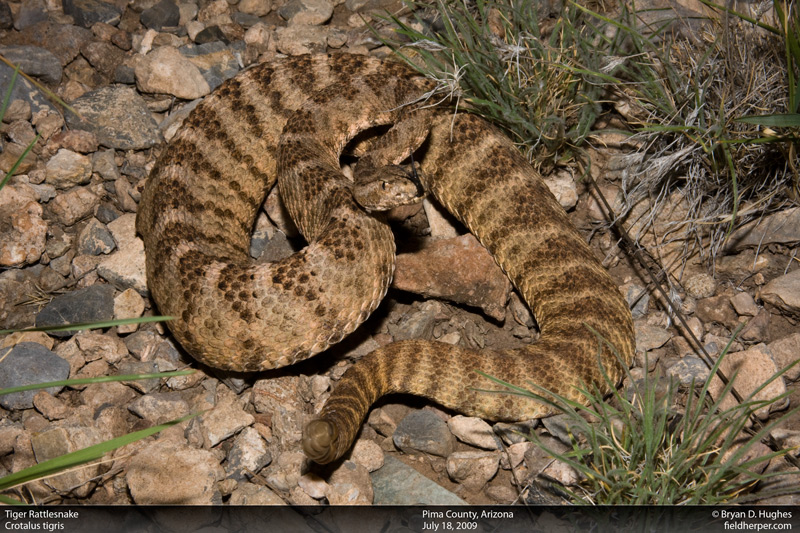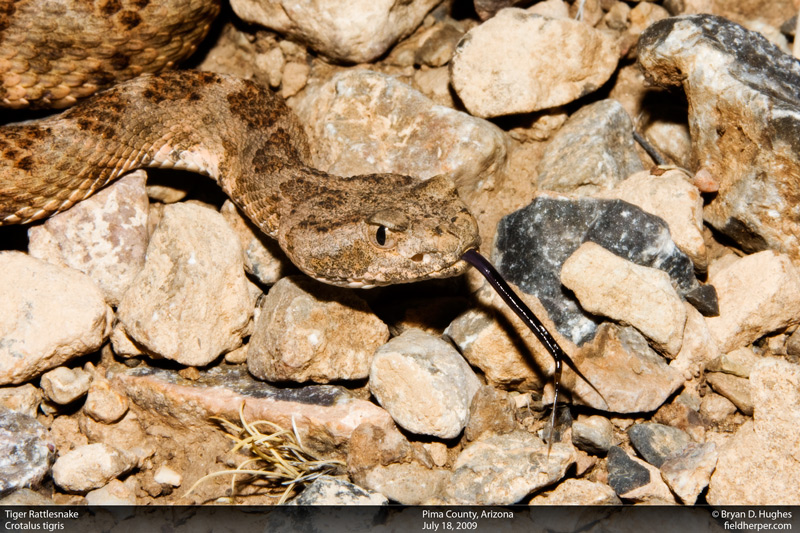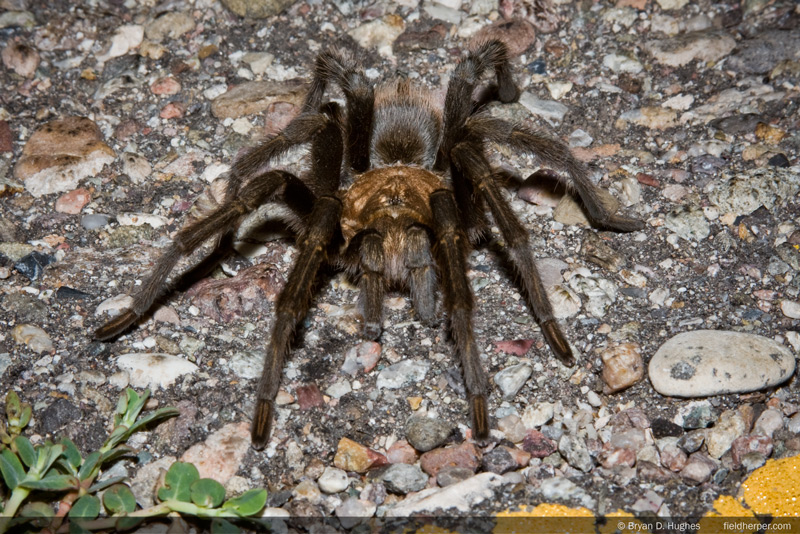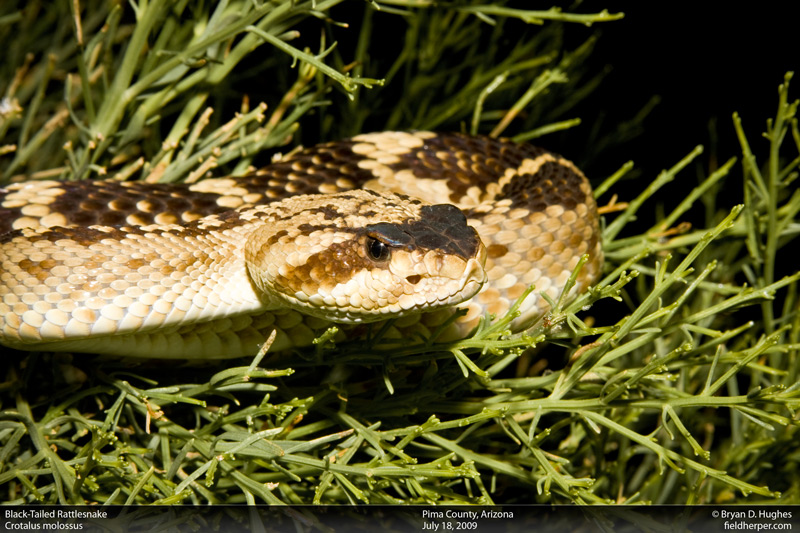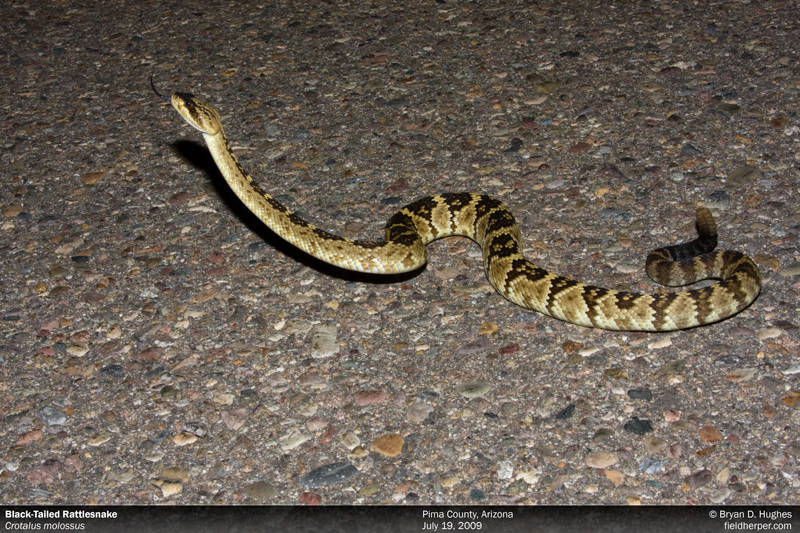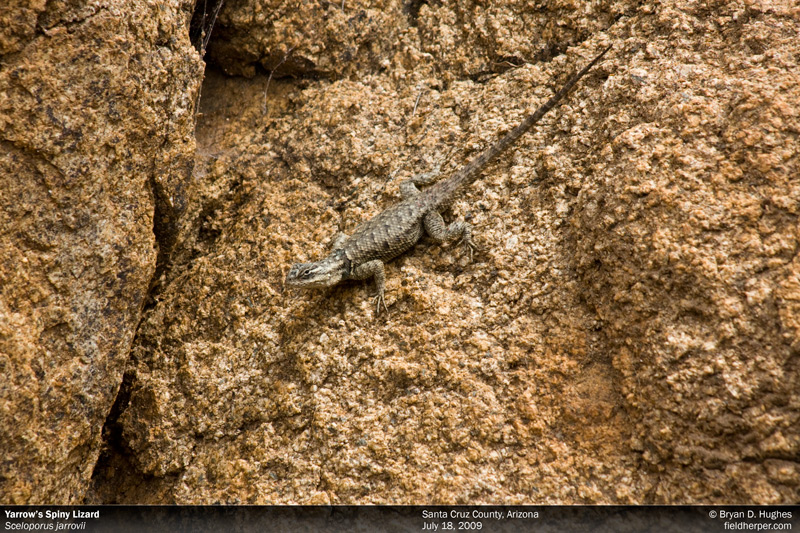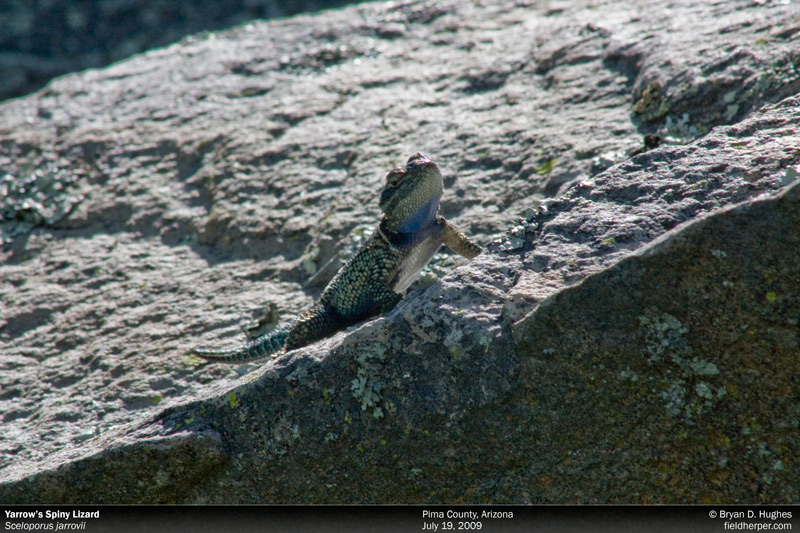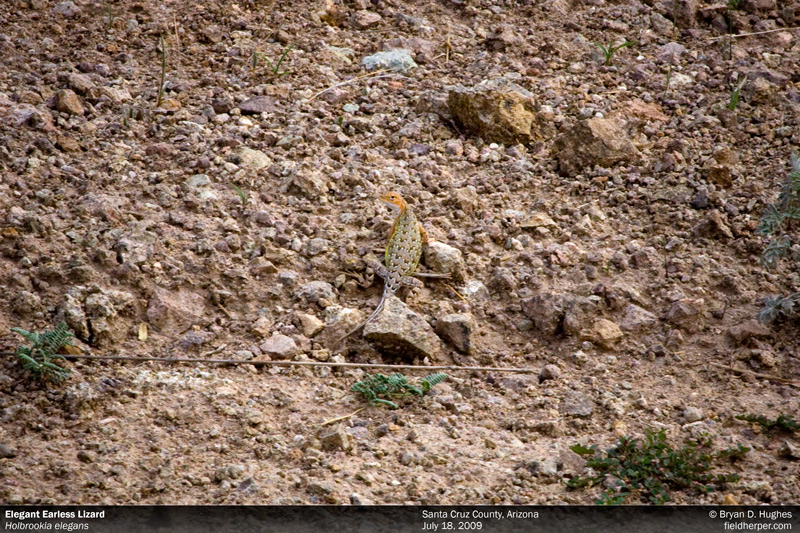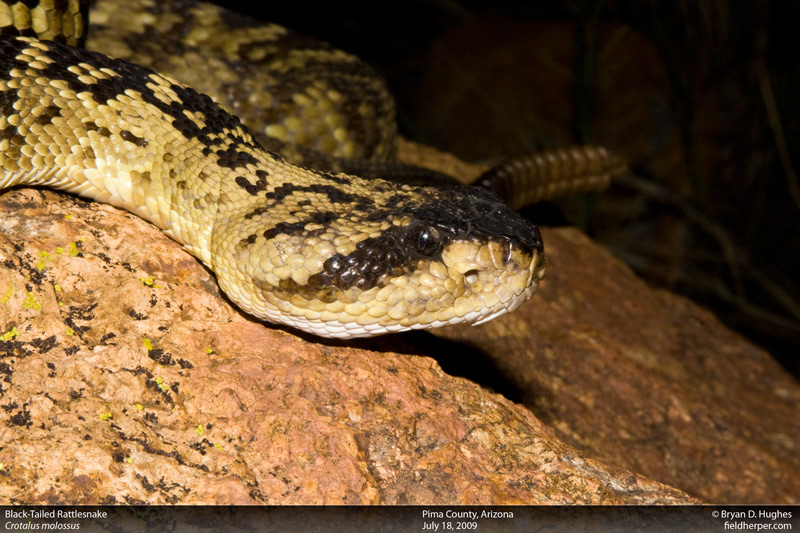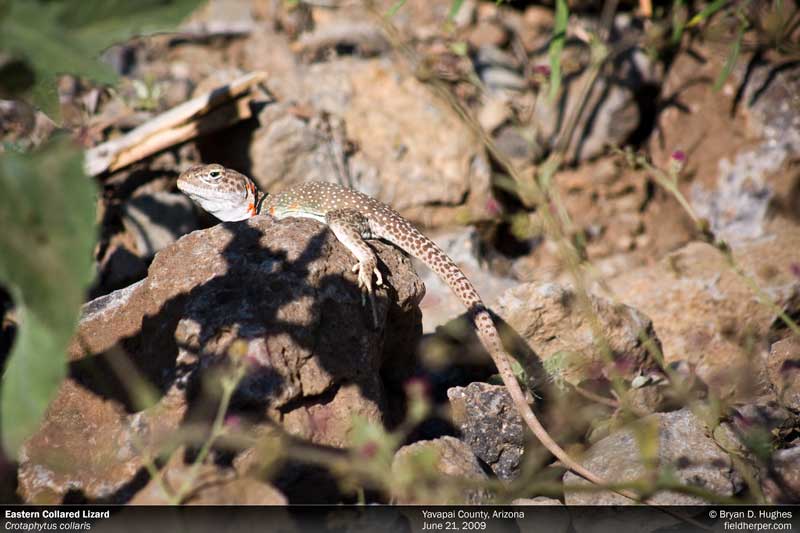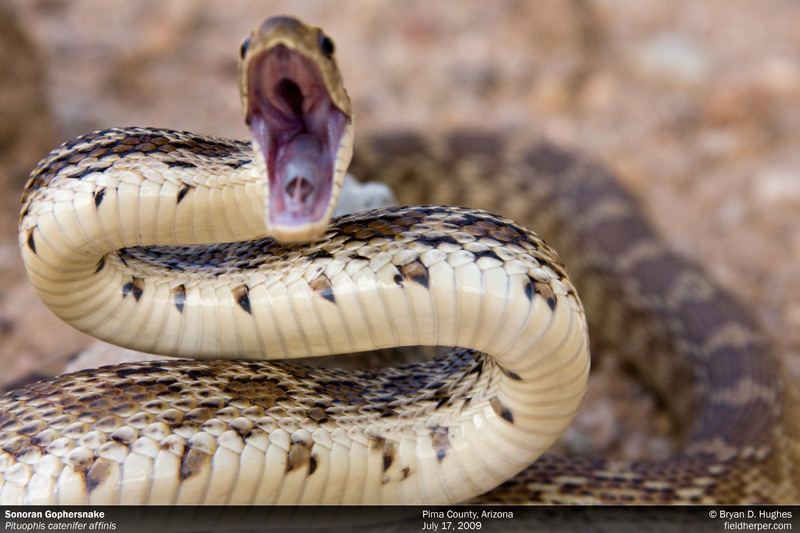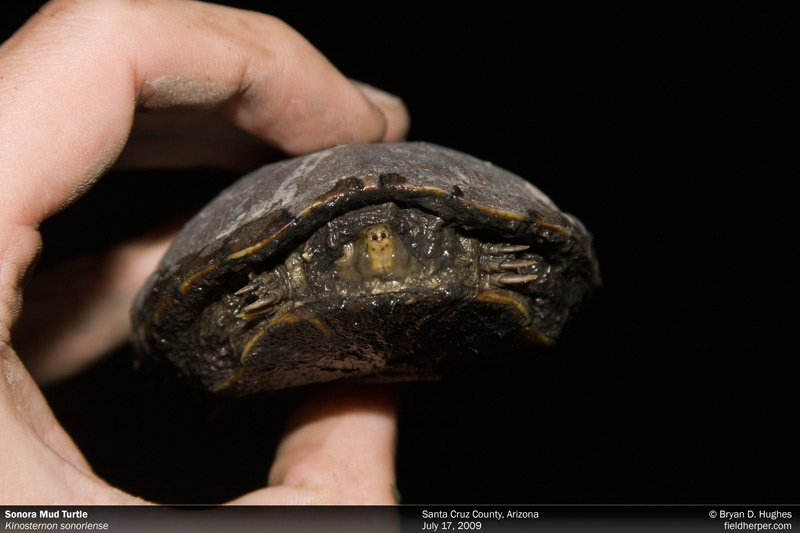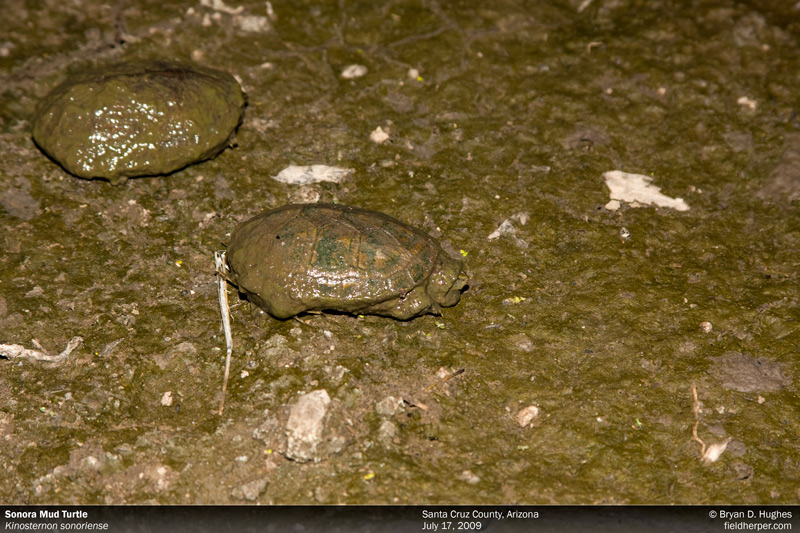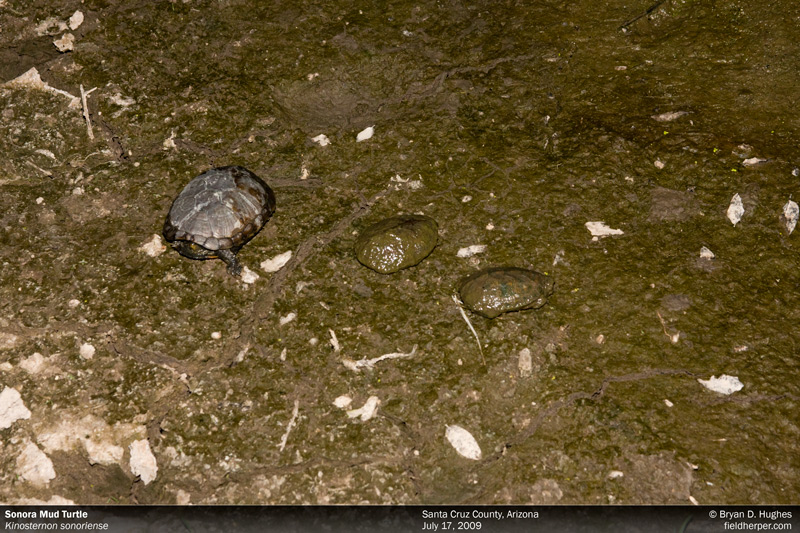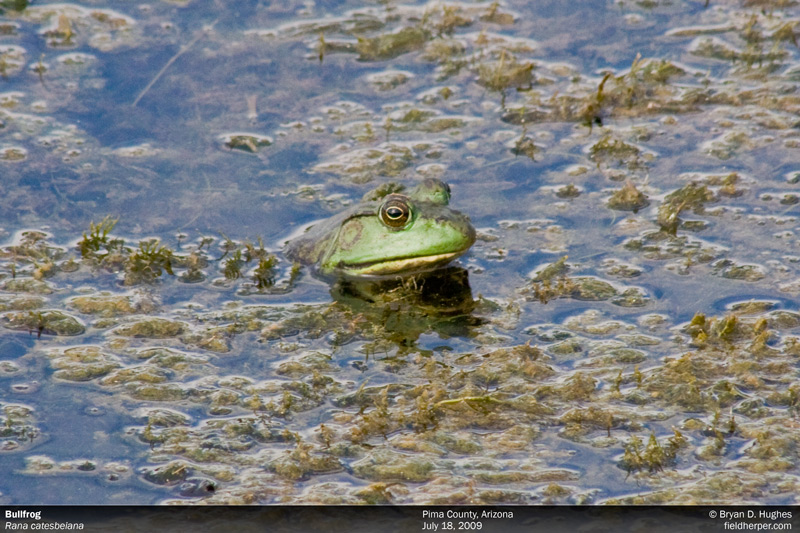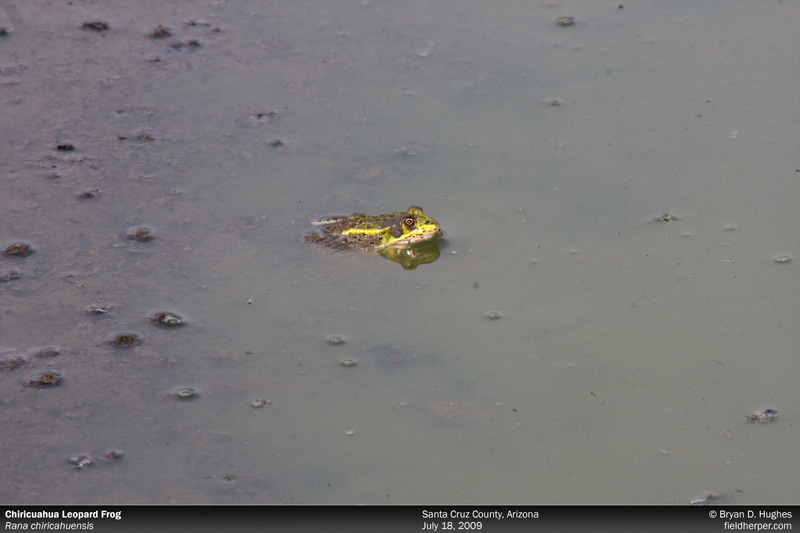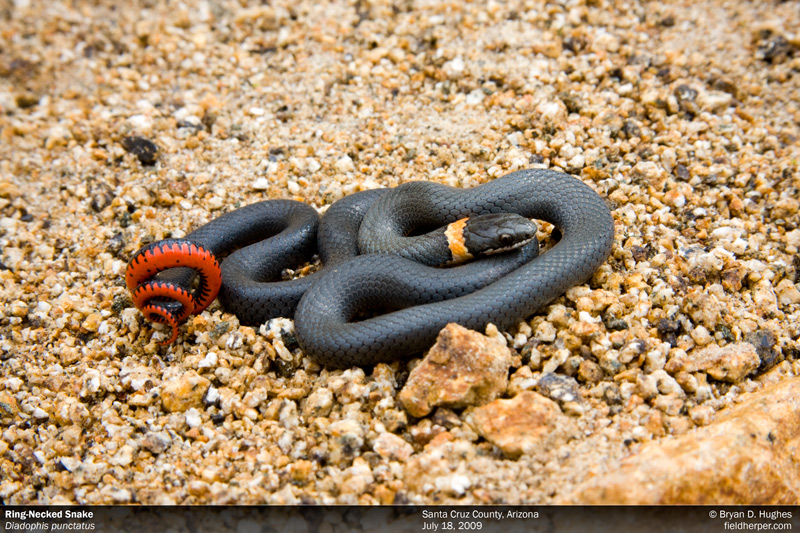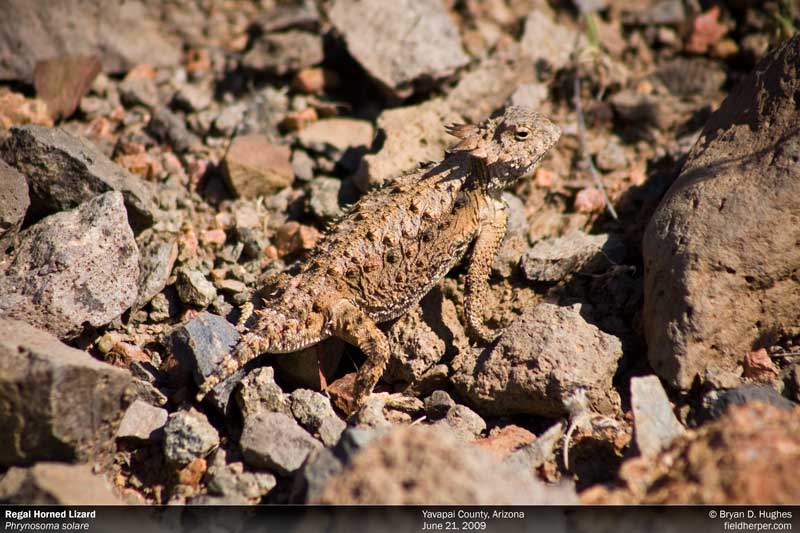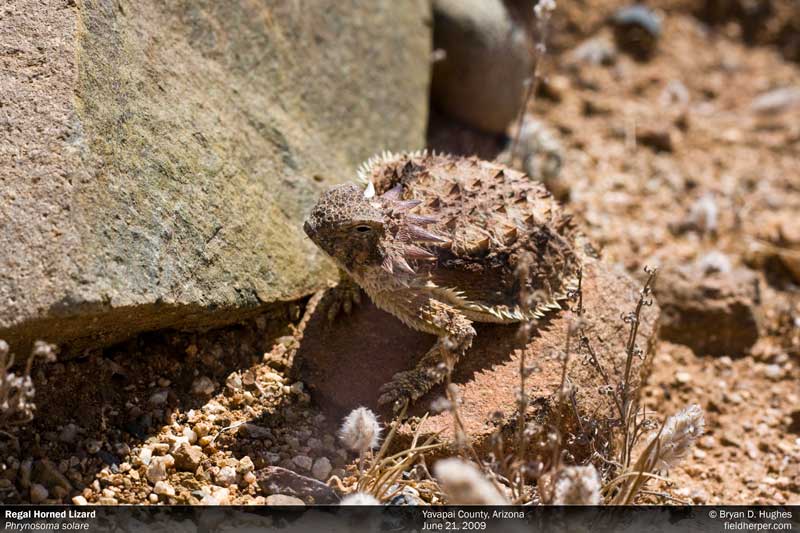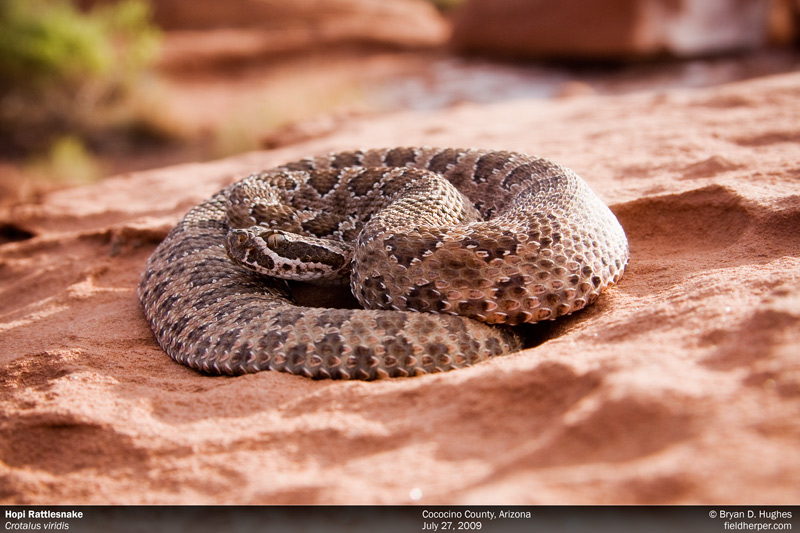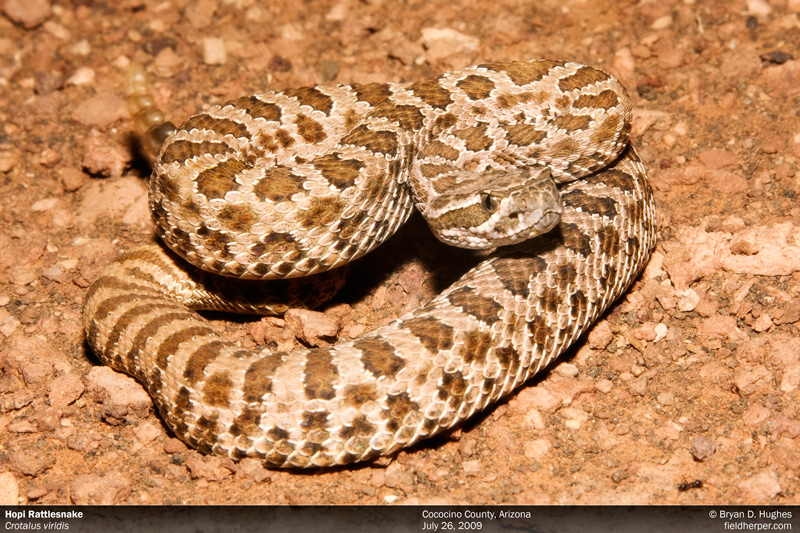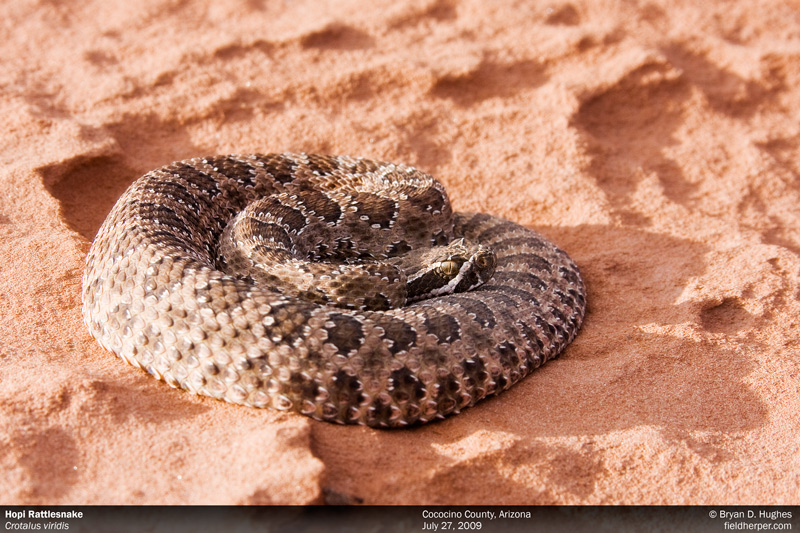Although they are very common, I always love seeing Western Diamondback Rattlesnakes, Crotalus atrox. They’re big, decently variable in appearance, and even moreso in attitude. In the Phoenix area, most that I see are grey or otherwise fairly bland in color, but they can also have shades of pink, red, and a great amount of variation in their distinctive pattern … from clean and defined, high contrast, to washed out two-tone.
Here are a few I’ve found within 2 days in 2009, within 70 miles of eachother.
This one was found in an interesting area along the New Mexican border with Arizona, where I have seen much more variety in this species than in other places. It has a beautiful red coloration.

Red-Phase Western Diamondback Rattlesnake

Western Diamondback Rattlesnake

Western Diamondback Rattlesnake
This second snake was MASSIVE. It was probably the largest diamondback I’ve ever seen; right around 5′. Although this isn’t too uncommon in other places like Texas, here in Arizona this is seldom achieved. The snake also has a reduced pattern, and a nice pink tail. It was also kitten-tame, which just makes it difficult to photograph. I was really impressed with this big girl.

Diamondback Rattlesnake

Western Diamondback
Here’s one with a very clean pattern with more typical coloration, and a bad attitude, resulting in the clasic “S” pose the diamondback is famous for. I had to snap these quickly, as the storm you see in the background was dropping lightning all around us. This is definitely one way to get some adrenaline into the bloodstream.

Back off man!

Crotalus atrox

Crotalus atrox

Crotalus atrox
Here’s another with a minimal pattern, which would have appeared a nice pink color in the daytime.

Crotalus atrox
Here is a very young neonate, only about the size of a pencil.

Baby Rattlesnake
… and another young snake, this one with a year or two under its belt.

Crotalus atrox
Here’s a very dark individual with a great deal of speckling in the pattern.

Crotalus atrox
… and another tiny baby with seemingly too many diamonds, and strong white bands separating them.

baby rattlesnake
You may want to note the button on this snake if you currently believe that baby rattlesnakes are born without a rattle. It is true that the thing is useless at this point, though the snake tries his little head off to scare you away by shaking it regardless. Rattlesnakes are born with a prebutton, which gains a rattle-able link by the second shed.

Baby atrox
… and one last baby just to make this post way too long.
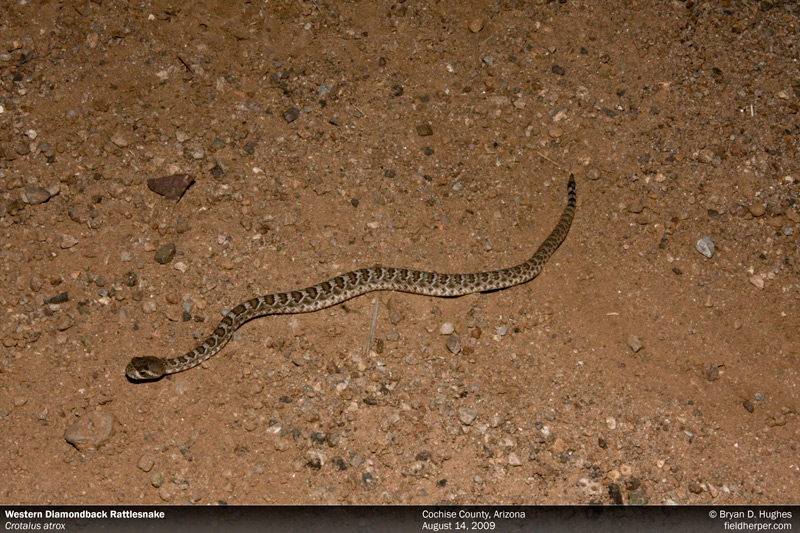
Baby rattle snake
Even though these were found within a very short time of one another, this is only a small fraction of the incredible number of diamondbacks we found on this trip. We found a total of 82 snakes on this trip all in all, the majority being diamondbacks that were just escorted off the road. I made the mistake in the past of not photographing these snakes as often as other, less common species. In the meantime, I’ve grown a great deal more knowledgeable about rattlesnakes, and it only occurred to me after examining these pictures upon returning from this trip where I’d made a point to photograph more diamondbacks that I had been missing out on a great deal. I think that I’ve stumbled upon the shape that this hobby will take once I’ve reached the goal of seeing one of all of the reptiles in the state. That goal is finite, in fact, I am sure I’ll be able to do it within the next few years (except for maybe one or two that in all likelyhood probably don’t actually exist within Arizona), but learning about and observing the variation between each species in different localities will be endless. I’m looking forward to it.
How ironicly exciting that this realization has come with our most common, and most iconic, rattlesnake.
